What is the human papilloma virus?
Human papillomavirus (HPV) is a DNA Papilloma virus family virus. Also known as the wart virus.
HPV infects the epidermal cells that make up the skin and epithelial cells that make up the anogenital tract and upper respiratory tract. An estimated eight out of ten people contracted HPV at some point in their lives.
The HPV family has been classified into more than 170 subtypes (each denoted by a number).
- HPV types 1, 2, 4, and 7 are associated with common warts.
- HPV 3 and 10 are associated with flat warts.
- HPV 1, 2, 4, 60, and 63 are associated with plant warts
- HPV 5 is associated with warts in verruciform epidermodysplasia (a rare skin condition).
- HPV 6 is associated with genital, oral, and laryngeal warts.
Viral warts
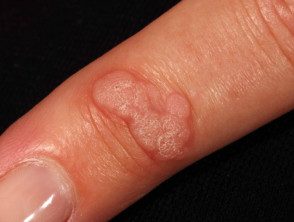
Common warts
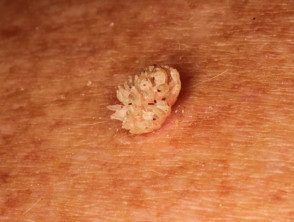
Filiform wart
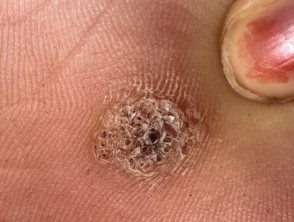
Plantar wart
What is sexually acquired human papilloma virus?
Several HPV subtypes preferentially infect epithelial cells and tend to be sexually transmitted.
Low-risk HPV subtypes, such as types 6 and 11, are asymptomatic or cause anogenital warts and scaly cell papillomas.
There are approximately 13 high-risk subtypes of sexually transmitted HPV. In some cases, these present with precancerous squamous intraepithelial lesions and Cancer (squamous cells carcinoma)
Anogenital warts
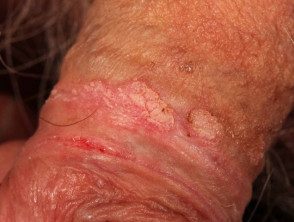
Anogenital wart
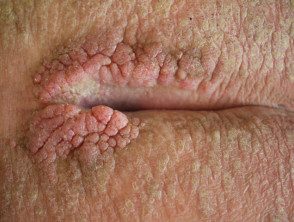
Anogenital wart
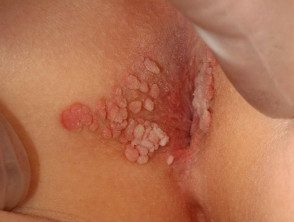
Anogenital wart
Who gets the sexually acquired human papilloma virus?
Sexually acquired HPV infects both men and women. The highest risk of contracting HPV is shortly after sexual debut.
Risk factors for infection include:
- Early age of sexual intercourse.
- Multiple sexual partners
- Of smoking
-
Immunosuppression
How is the human papilloma virus spread?
HPV is generally transmitted through skin-to-skin contact during vaginal and anal sex. HPV can also occasionally be transmitted vertically, from mother to child during labor.
What are the clinical features of human papillomavirus infection?
Cutaneous HPV infection
Cutaneous HPV presents as:
- Verruciform epidermodysplasia
- Intraepidermal squamous cell carcinoma in immunosuppressed individuals like organs transplant recipients
-
Viral warts are noncancerous growths of skin with a hard surface; There are many types, including:
- Common warts - usually affect the hands, fingers, and elbows
- Plantar warts: affect the soles of the feet
- Flat warts: They have a flat surface and affect the face, pimples and back of the hands.
HPV epithelial infection
Although HPV is the most common sexually transmitted virus, the virus has no symptoms in most people, and the infection resolves on its own.
The persistence of certain HPV subtypes leads to:
- Benign cellular changes observed in histopathology
- Genital warts
-
Squamous papillomas on the oropharynx, nostrils and larynx.
What are the complications of high risk human papilloma virus infection?
The high-risk subtypes HPV 16 and HPV 18 are believed to be responsible for 70% in precancerous and cancerous diseases.
Squamous intraepithelial lesions (SIL), also known as intraepithelial neoplasm (IN), are classified by the affected site. SIL types include:
- Cervical intraepithelial neoplasia (CIN)
- Vulvar SIL or Vulvar Intraepithelial Neoplasia (VIN)
- Vaginal SIL or Vaginal Intraepithelial Neoplasia (VAIN)
- SIL of the penis or intraepithelial neoplasm of the penis (PIN)
- Anal SIL or anal intraepithelial neoplasia (AIN)
- Oropharyngeal SIL or oral leukoplakia
- Nasopharyngeal SIL.
HPV is also associated with squamous cell carcinomas of the anus and anal canal, the oropharyngeal tract (oral cancer), the vagina, vulva and penis The most common invader The cancer associated with HPV is cervical cancer.
Squamous intraepithelial lesions
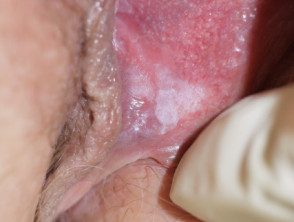
High-grade vulvar squamous intraepithelial lesion
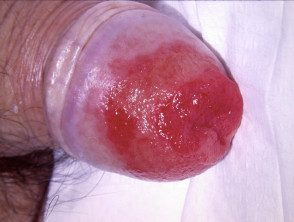
High-grade squamous intraepithelial lesion of the penis
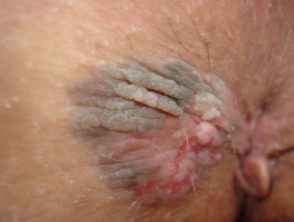
High-grade perianal squamous intraepithelial lesion
How is human papilloma virus infection diagnosed?
An HPV infection is clinically diagnosed. Genital warts caused by HPV infection show a characteristic presence of koilocytes and can be identified by the skin biopsy. Double nuclei can be seen, and the nuclei are often hyperchromatic.
Other methods to diagnose HPV infection include:
- Viral DNA detection methods.
- Colposcopy and acetic acid test, used to examine the cervix and vagina
-
Biopsy, which is performed during a colposcopy if abnormal areas are indicated.
What is the treatment for sexually acquired human papilloma virus infection?
HPV cannot be removed as it is incorporated into genome of epithelial cells. However, the resulting warts, precancerous and cancerous lesions can be removed.
Treatments may include:
- Cryotherapy
- Current therapy such as podophyllotoxin or imiquimod cream. Podophyllotoxin is cytotoxictherefore it should not be used in pregnancy
- To be deals
-
Surgery, such as electrosurgery, where the base of growth burns under anesthetic.
Can sexually acquired human papillomavirus infection be prevented?
Condoms are an important means of reducing HPV transmission. However, they do not completely eliminate the risk.
Most cases of sexually acquired HPV infection can now be prevented by vaccination during childhood before the start of sexual activity.

